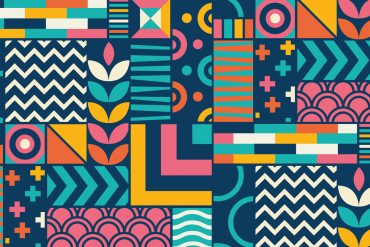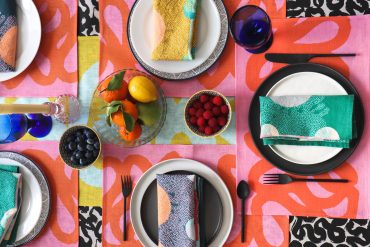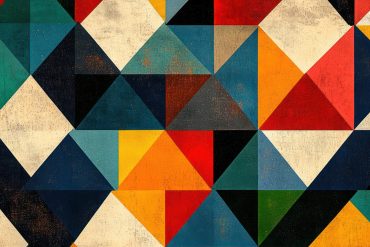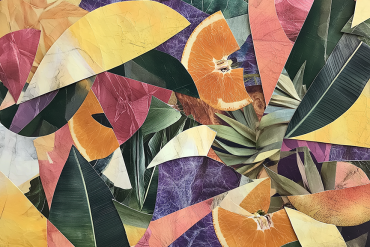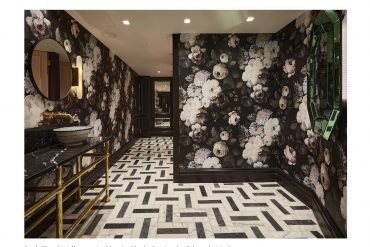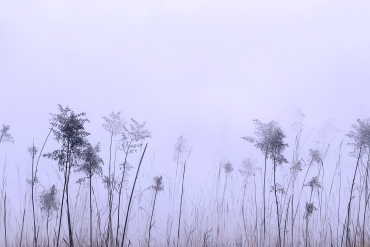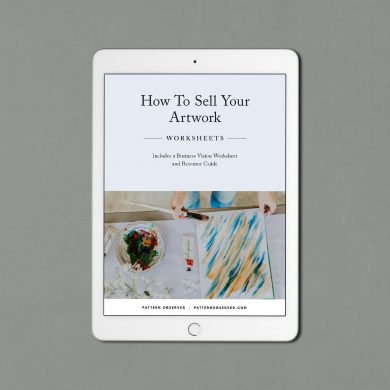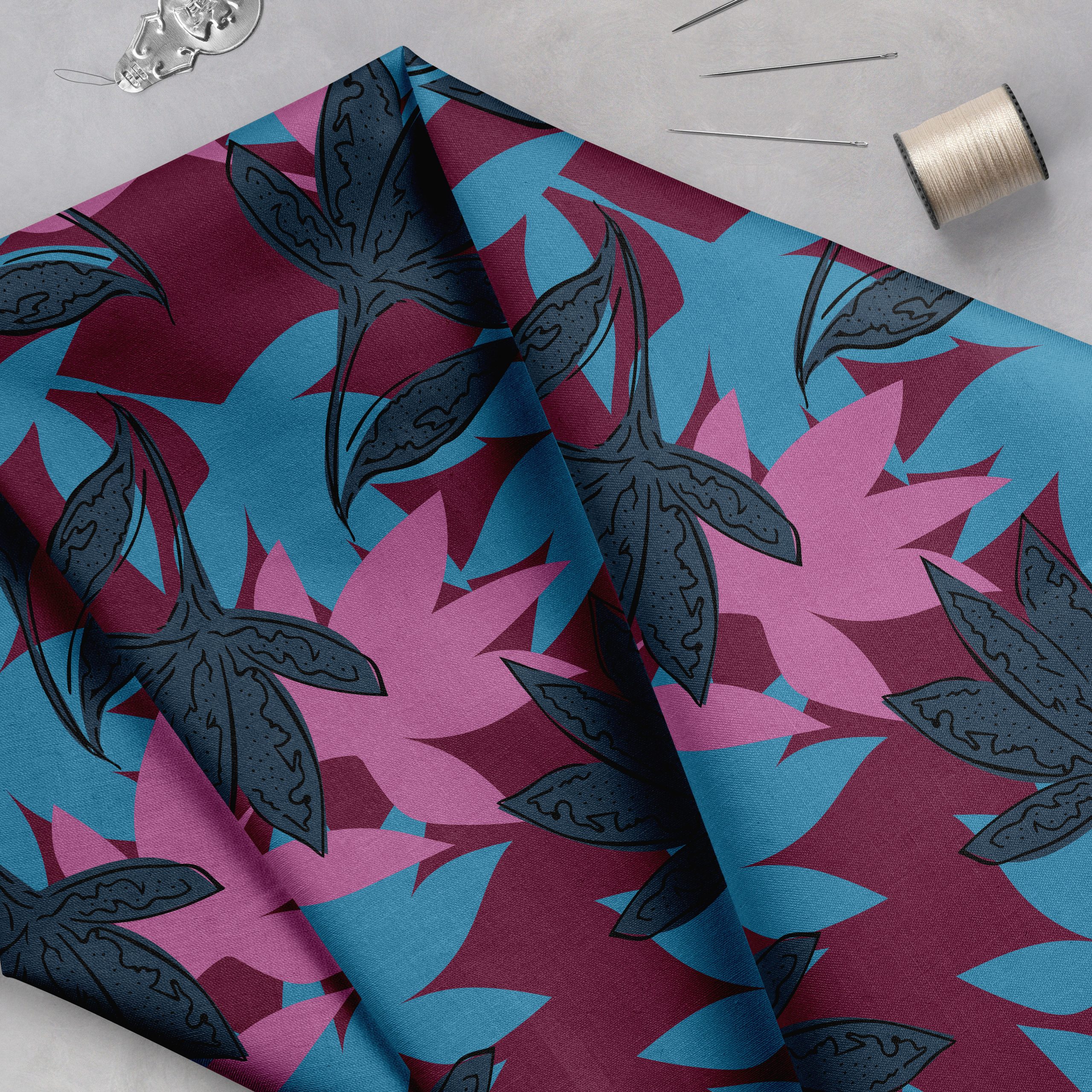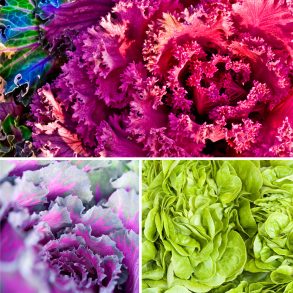Years ago—before I was really involved with the industry the way I am now—print shows were large, well-attended, and eagerly anticipated. That’s not to say they aren’t important now, or influential. But I get the distinct impression that things have changed.
Exhibitors and attendees would flock to these large events, ready to purchase artwork for upcoming seasons. I often saw the results of these visits; My design director at the time would come home from these shows with stacks upon stacks of purchased artwork, and we would figure out how it should be used, and developed additional designs to complete the collections.
Since I wasn’t exhibiting at shows during this time it’s difficult for me to say exactly what they were like, but I hear that it was a rockin’ time.
Every industry changes and grows and adapts to meet a changing time. I’m just curious how some of the changes to the industry might be rippling outwards. If I’m the only one who is seeing it, and what it could mean.
Recent Changes
In recent years, countless new, smaller shows have cropped up at a rapid rate. These new shows give buyers and exhibitors more options, which is great… but is it splitting up buyers and attendees, potentially making an already weakened show market even worse?
It feels like we’re spreading ourselves too thin.
The thing is, buyers often don’t have the budget to attend multiple shows a year, so instead of attending one or two large shows, they’re now being asked to attend three or four smaller events at different times of the year. How does this work, logistically? Is this the best way to connect creators with buyers?
Maybe it’s actually more convenient for buyers. Maybe it opens up shows to buyers and attendees who had been unable to attend in the past. I don’t quite know what to make of it.
I built my freelance business without attending shows, but now that we are trying to grow the pattern licensing side of our business, shows have become an essential way that we reach new customers. Here are some of the benefits that we have found for our business:
- Print shows have allowed us to reach a wider range of customers. Most of our clients are in the active/outdoor industry. While we love this market, it is exciting and inspiring to see our work being applied to other markets such as stationery and home decor.
- Print shows allow us to get direct feedback from customers that is difficult to receive over email or a phone call. We are able to document what resonates with a particular client, and what they find to be confusing or overwhelming. We learn what they need each season, what month(s) they make their buying decisions, and have a deeper understanding of their end user.
- With each show, our brand and portfolio keeps getting stronger and stronger. Exhibiting at print shows allows us to see our brand and portfolio in comparison to all the other agents and studios in our market. Each show gives us the opportunity to ask ourselves important questions, such as how do we stand out? What’s our message? What are our strengths? What are our weaknesses? Answers to these difficult questions seem a bit clearer after each show that we attend.
Beyond Print Shows
These questions aren’t just for the show. Our message, our strengths, our weaknesses—each of us can step into the role of art director for our own brand by taking the time to delve deeper into our work. Because despite all the changes within the industry itself, one thing remains true: There is power in finding your style, and staying true to yourself, regardless of what’s happening around you. While the various ways of selling and marketing will always be changing, you can rise above it by discovering and staying true to your style.
If you’re interested in learning more about how to keep your brand and style focused in an ever-changing industry, head on over here for access to a quick video exercise that will help you pinpoint your style strengths and determine which messages you want to send.
And I would love to hear what your thoughts are on these changes in the industry. Will more shows help or hurt exhibitors and buyers? Have you been in the industry long enough to see this change? What’s your perspective?





